The classic winter vegetable White cabbage, the most widely grown type of cabbage in Europe, can be used in many ways in the kitchen. Popular dishes are cabbage rolls, stews and casseroles. Much of the cabbage is also made into sauerkraut.
What you should know about white cabbage

White cabbage is a large, round cabbage with dark green leaves that tightly encircle the cabbage's head. The leaves inside are light green or even almost white.
The reason for this is that the sun only gets to the outer leaves and can only form the leaf green (chlorophyll) here. The white cabbage, which comes from the Mediterranean area, is now a typical German vegetable and, with more than 300,000 tons of annual harvest, it is the most widely grown type of cabbage. The white cabbage can be found almost all over the world. Thanks to lactic acid fermentation, preserved white cabbage can be kept for several months and has a high vitamin content. Therefore, the seafarers took the fermented white cabbage in barrels with them on the voyages, because deficiency symptoms could be prevented.
In Germany cabbage is a classic winter vegetable, but the first harvest takes place in summer, mostly by hand. The round heads of the white cabbage have season in this country once in early summer from May to June and once throughout autumn and winter. The last seasons are the most productive. Therefore, the sweet-tasting white cabbage is now available all year round. Around 90 percent of the white cabbage that is consumed in Germany comes from domestic cultivation. 10 percent is imported from other growing countries, for example Russia, Poland, Scandinavia, Asia and Great Britain.
The cabbage is stored in metal boxes at a temperature of around one degree Celsius. The further processing or the flow can then still take place after six months, as the white cabbage does not spoil and also retains the valuable ingredients. The sulphurous essential oils contained in the cabbage provide the hearty aroma, which is rounded off by a very light sweetness.
Importance to health
White cabbage is low in calories and fat, contains no cholesterol and other risk substances such as uric acid, which promotes gout. The high vitamin C content is particularly valuable. Beta-carotene, calcium and fiber are also abundantly contained in white cabbage.
The latter promotes a healthy intestinal flora. Cabbage fermented with lactic acid (sauerkraut) helps relieve indigestion. The vitamin-rich sauerkraut juice supports diets. The cabbage also helps against stomach ulcers, as it contains active ingredients that protect the stomach and intestinal mucous membranes. Duodenal ulcers are also positively influenced by consumption. The glucosinolates ward off cancer-causing substances and the potassium they contain protects the heart. For wounds, ulcers and boils, crushed leaves of the white cabbage, which are placed directly on, help.
The white cabbage can regulate weight, blood sugar levels and cholesterol levels. In general, it has a blood purifying, detoxifying, anti-inflammatory and antibacterial effect. The white cabbage is therefore an all-round remedy.
Ingredients & nutritional values
| Nutritional information | Amount per 100 gram |
| Calories 25 | Fat content 0.1 g |
| cholesterol 0 mg | sodium 18 mg |
| potassium 170 mg | carbohydrates 6 g |
| protein 1.3 g | vitamin C 36.6 mg |
The white cabbage not only has a high water content, it also convinces with valuable ingredients: Just 200 grams of white cabbage cover almost the daily need for vitamins B1, B2, C and K as well as the provitamin A. It also contains plenty of selenium, magnesium, phosphorus, Potassium, Calcium, Iron and Protein. The high fiber content stimulates tired digestion.
Furthermore, the white cabbage impresses with its radical scavengers such as indoles, phenols, bioflavonoids and chlorophyll, thanks to which the cells can be protected and the aging process delayed.At the same time, white cabbage is low in calories and fat and is therefore ideal for a diet. Thanks to the complex carbohydrates, saturation is achieved quickly.
Intolerances & allergies
People who have sensitive stomachs can experience gas and abdominal pain from eating white cabbage. Children, pregnant and breastfeeding women should note that cabbage contains substances that hinder the absorption of the mineral iodine. Therefore, cabbage dishes should be seasoned with iodized table salt. If you have a goiter and an underactive thyroid, it is advisable to consume the white cabbage less often. If caraway, fennel, aniseed or grated ginger is added when cooking, the cabbage will be better tolerated.
Shopping & kitchen tips
When buying, care should be taken that the head of cabbage is firm and the leaves are crisp and fresh. Even a cabbage with dark spots should not be chosen.
White cabbage is also sold without the outer leaves. Then it should not have any spots or holes, be evenly colored and slightly shiny. Autumn white cabbage can be stored in a cool place for about two months, while pointed and early cabbage can only be stored for about ten days. Cut white cabbage is covered with cling film and stored in the refrigerator. However, the cabbage loses important vitamins in the process. When cut into small pieces, it can also be frozen in portions for at least eight months.
The faster this happens after harvesting or cooking, the more of the healthy valuable vitamins are retained. In preparation, first the thick outer and also the not fresh leaves are removed. Then the cabbage is halved and rinsed. After draining, the stalk and the leaf veins are cut out with a knife. Thinner or thicker strips can now be cut depending on the preparation requirements.
Preparation tips
In the fresh form, the greenish-white cabbages offer a variety of uses, for example raw as a salad or steamed and cooked as a vegetable. Pointed cabbage tastes particularly delicate. This is a variant of white cabbage that is well suited for the preparation of cabbage rolls.
75 percent of the white cabbage harvested is processed into sauerkraut. White cabbage can also be found again and again in Asian dishes. In general, it applies to white cabbage that long cooking and braising damage the vitamins it contains. Therefore, the cooking time should be as short as possible. White cabbage is the popular base for classics such as cabbage rolls, stews, coleslaw and soups and much more. The white cabbage can also be pounded with a meat tenderizer. This makes the leaf structure softer. One disadvantage of white cabbage is that, regardless of whether it is sautéed with lard or in olive oil, it has a strong smell when cooked.
The reason for this is the sulfur it contains, but there is a very simple trick: adding a small dash of vinegar to the cooking water can prevent this. A little oil or butter should always be used when preparing the cabbage, as only then can the body absorb the numerous healthy vitamins.

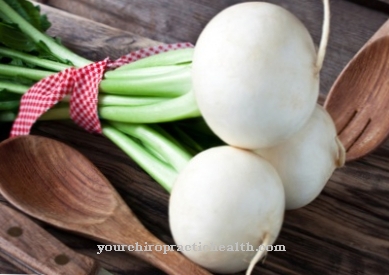
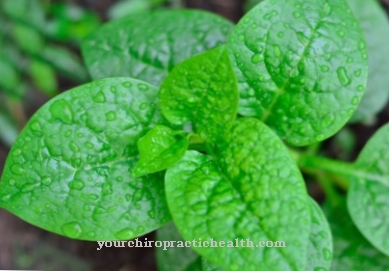
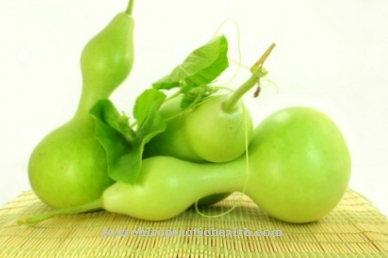
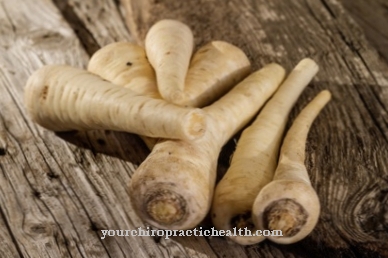

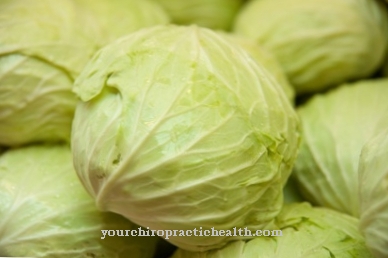






.jpg)

.jpg)
.jpg)











.jpg)